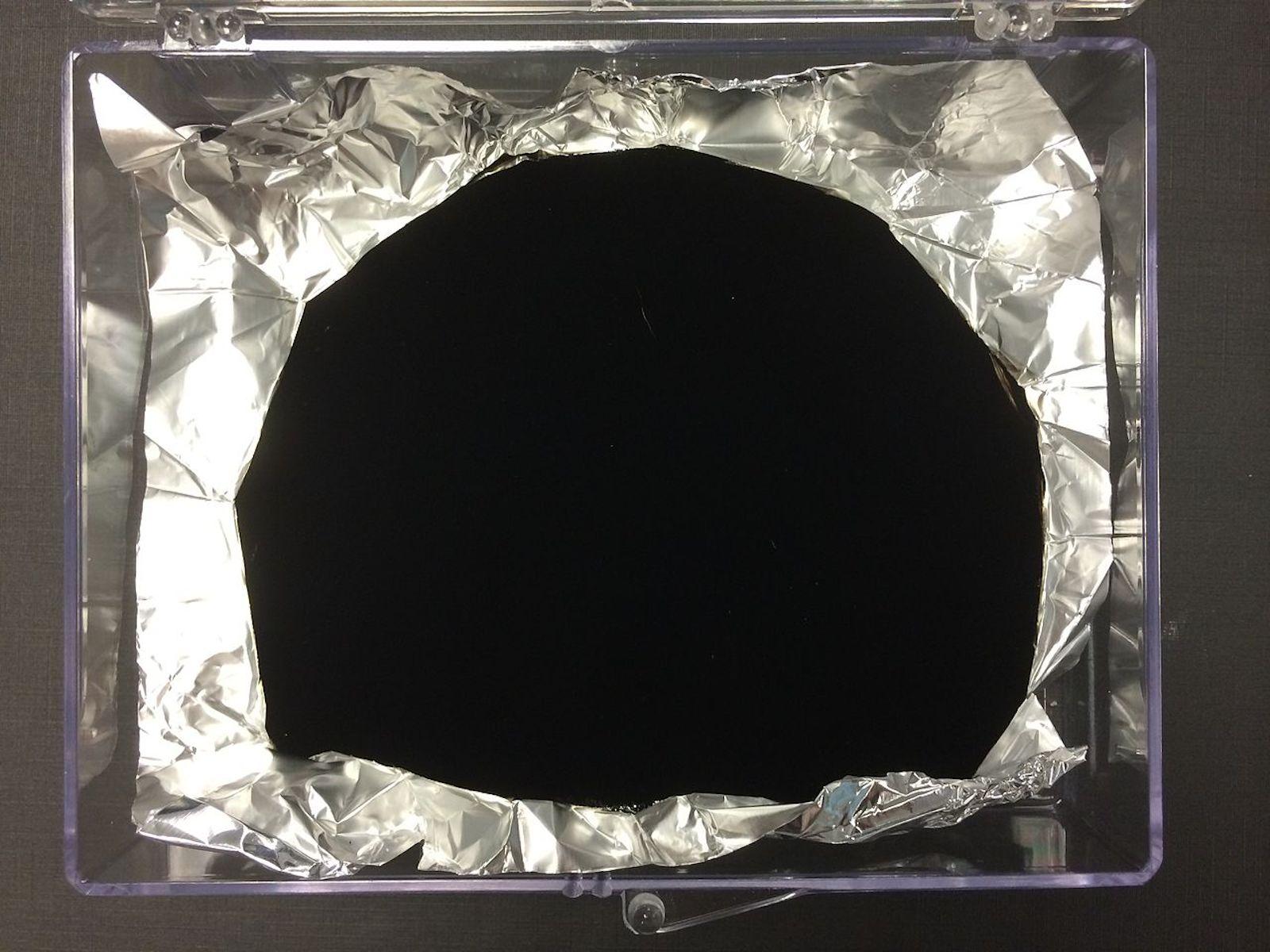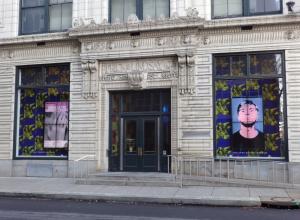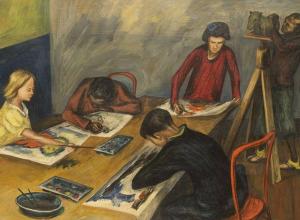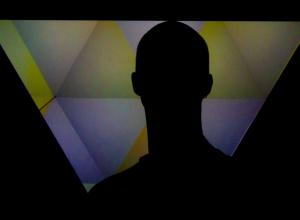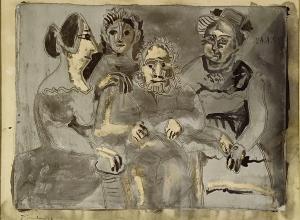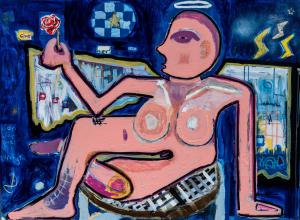In terms of physics and the visible spectrum, colors are created by the reflection and absorption of different wavelengths of light. In this context, true black is not a color. Rather, it is the absence of reflected light. This is why objects appear black or nearly black in a dark room. It is also why darker objects heat up more quickly than their light counterparts.
So what is perceived as black in everyday life, is really an approximation of black. Still, the minimally reflective quality of black—or black approximations—is the primary reason a pursuit for the blackest black even exists. Manufactured dark colors are useful for space observation as they can be positioned to absorb stray light that might otherwise obscure visual data.
According to Surrey NanoSystems, who created Vantablack, the color absorbs 99.965 percent of light. Vanta stands for vertically aligned nanotube arrays—which is exactly what the color is made up of. More specifically, it is created via the sprawling growth of tiny, carbon tubes on a substrate. The process used to generate the growth also dictates the organized, tight ‘vertical alignment’ the color is named for.




